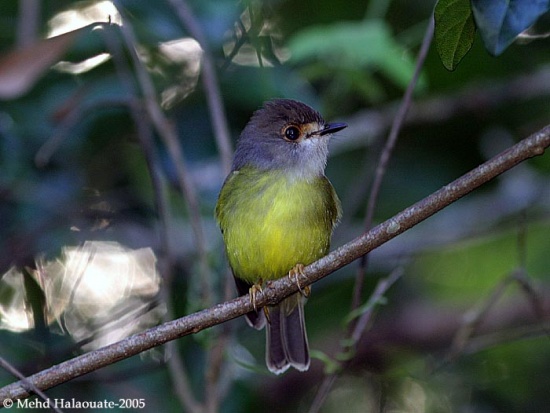| Line 1: | Line 1: | ||
| − | + | {{incomplete}} | |
| − | [[Image:Pale-yellow_Robin.jpg|thumb| | + | [[Image:Pale-yellow_Robin.jpg|thumb|550px|right|Photo by mehdhalaouate <br />Location: Daintree, AUS]] |
| − | + | ;[[:Category:Tregellasia|Tregellasia]] capito | |
==Identification== | ==Identification== | ||
| Line 21: | Line 21: | ||
{{GSearch|Tregellasia+capito}} | {{GSearch|Tregellasia+capito}} | ||
*[http://www.aviceda.org/abid/birdimages.php?action=birdspecies&fid=65&bid=1065 View more images of this species on the ABID] | *[http://www.aviceda.org/abid/birdimages.php?action=birdspecies&fid=65&bid=1065 View more images of this species on the ABID] | ||
| − | [[Category:Birds]] | + | [[Category:Birds]] [[Category:Tregellasia]] |
Revision as of 15:08, 7 November 2008
| This article is incomplete. This article is missing one or more sections. You can help the BirdForum Opus by expanding it. |
- Tregellasia capito
Identification
Grey-olive above, yellow below, white or orange sides to the forehead, yellowish legs and a short and rather broad bill. Juveniles red-brown above, pale below and have white streaks.
Distribution
Taxonomy
Habitat
Eucalypt forests, subtropical and tropical rainforests with dense vegetation, such as vine thickets.
Behaviour
Diet is mainly insects, some seeds.
Nest is cup shaped and made from grass, spiders' webs, moss, lichen, leaves and bark. Females incubate the eggs while the male provides food. Both parents feed the young.
It is threatened by habitat clearing for agriculture and housing.




